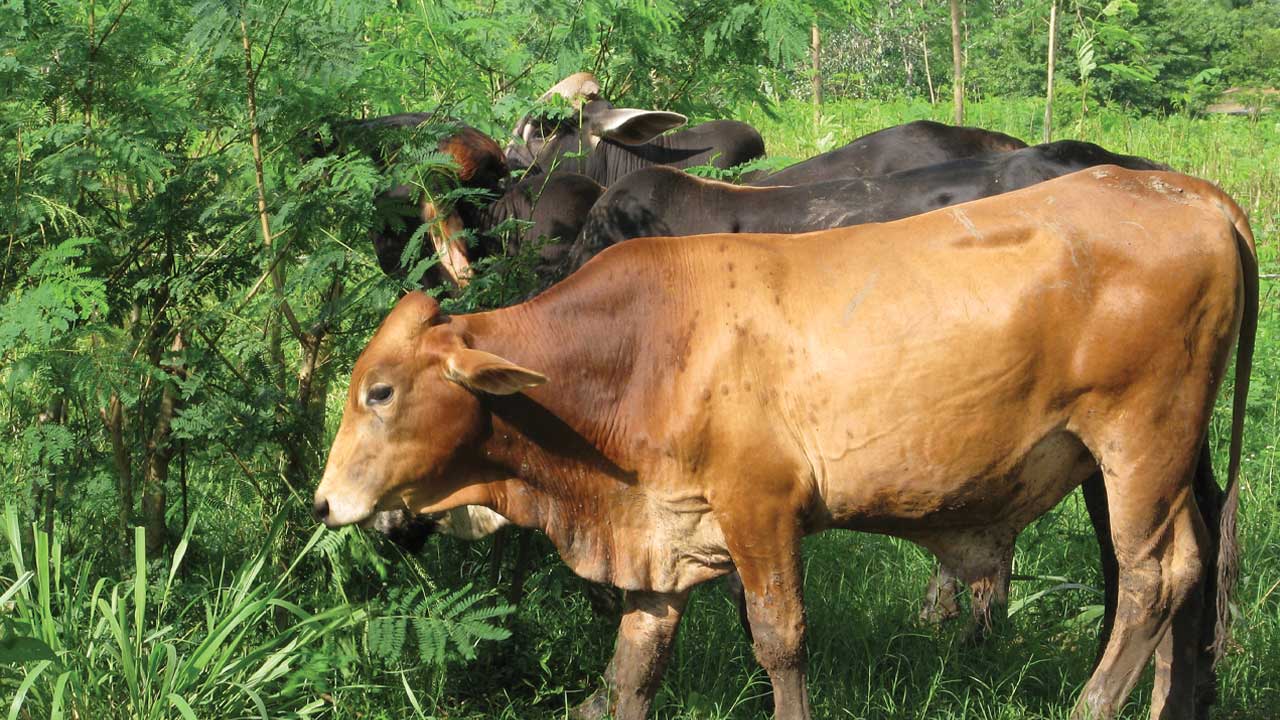
Livestock production is an essential part of many rural economies in Kenya. However, livestock production is often limited by a lack of forage and fodder for animals. To ensure sustainable livestock production, it is essential to develop effective forage production and management strategies. In this article, we will provide a step-by-step guide to forage production and management for sustainable livestock production in Kenya, based on the research of Wanyoike M. Muriuki, published in the African Journal of Range and Forage Science.
Step 1: Soil Preparation The first step in forage production is soil preparation. This involves clearing the land of any weeds or debris, tilling the soil to a depth of 15-20 cm, and applying fertilizer or manure to improve soil fertility. It is also important to test the soil to determine its pH and nutrient content. If the pH is too low, lime should be added to the soil to raise it to the optimal range of 6.0-7.5.
Step 2: Forage Selection The second step is to select the appropriate forage species for the desired location and livestock. Different forage species have different growth patterns and nutritional content, so it is important to choose species that are suitable for the soil and climate conditions in the area. Common forage species in Kenya include Napier grass, Rhodes grass, and lucerne.
Step 3: Seedbed Preparation and Planting Once the forage species has been selected, the next step is to prepare the seedbed and plant the seeds. The seedbed should be well-prepared, with a fine tilth to ensure good seed-soil contact. Planting should be done during the rainy season when soil moisture is sufficient for germination. Seeds should be planted at the recommended depth and spacing, and covered with soil.
Step 4: Fertilization and Weed Control Forage crops require proper fertilization to grow and produce optimal yield. Fertilizers should be applied at the recommended rate and time, taking into account the nutrient requirements of the specific forage species. It is also important to control weeds, which compete with the forage for nutrients and reduce yield. Weed control can be achieved through manual weeding or herbicide application.
Step 5: Harvesting and Storage Once the forage has reached maturity, it is time for harvesting. Forage should be harvested at the right stage of growth to maximize yield and nutritional value. Depending on the species, forage can be harvested by cutting, grazing, or a combination of both. After harvesting, forage should be stored properly to prevent spoilage and preserve its nutritional value. This can be achieved through drying, ensiling, or haymaking.
Step 6: Forage Management Forage management is essential to ensure sustainable production and prevent the degradation of the soil. This involves proper grazing management, including rotational grazing and rest periods to allow forage to recover. Soil conservation practices, such as terracing and contouring, can also be implemented to prevent erosion and maintain soil fertility.
In conclusion, forage production and management are essential for sustainable livestock production in Kenya. By following these six steps, farmers can successfully grow and manage forage crops, ensuring a consistent and high-quality supply of feed for their animals.
Resources:
“Forage production and management for sustainable livestock production in Kenya” by Wanyoike M. Muriuki, published in the African Journal of Range and Forage Science”


















